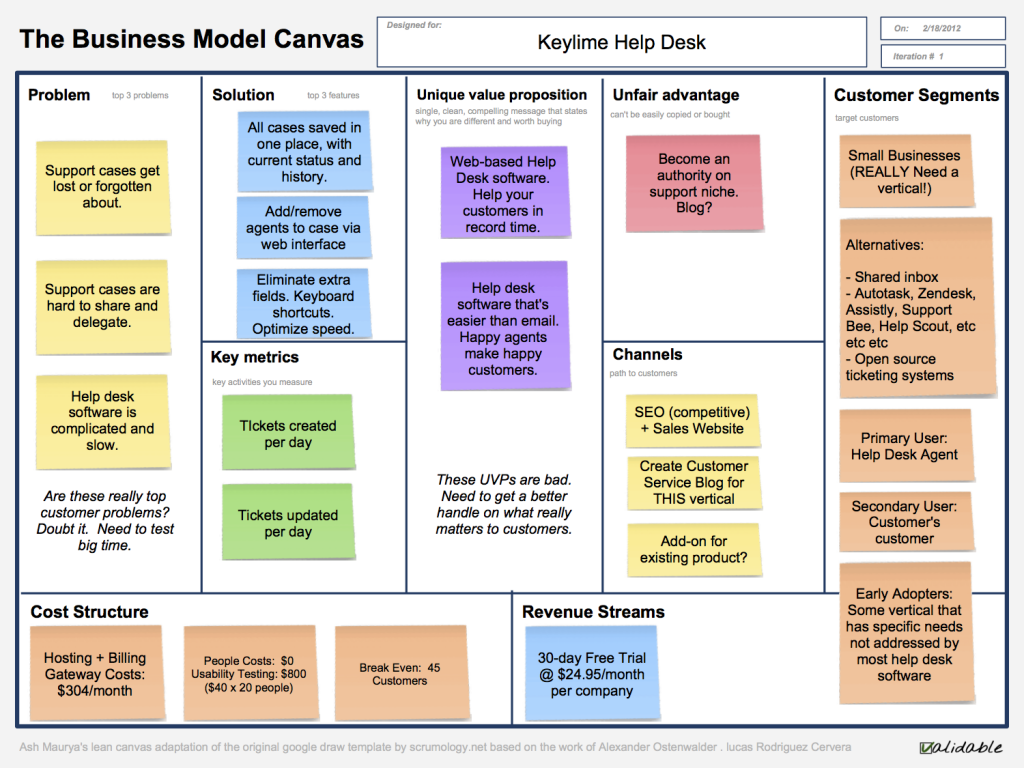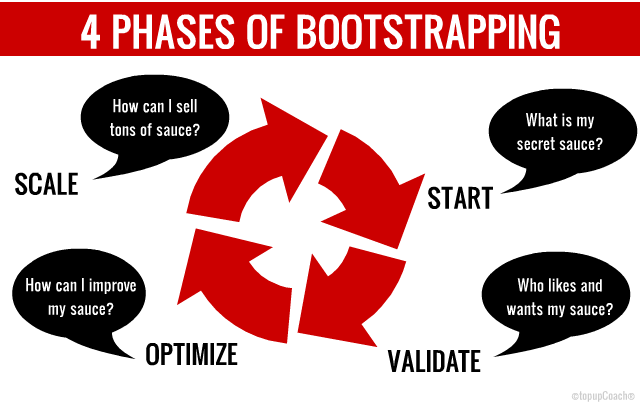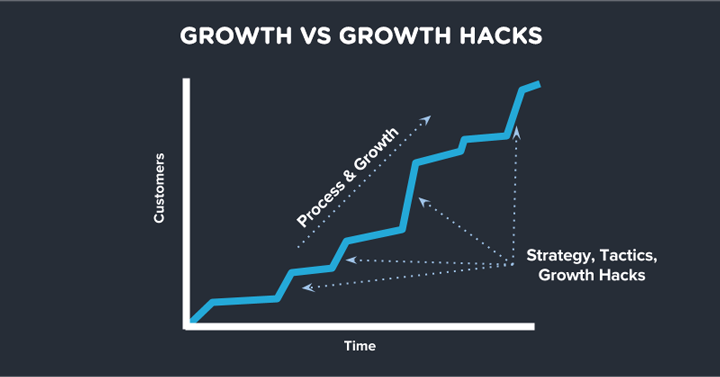So, you want to quit your job and start your own startup. You are sure that you are sick of your current job and want to quit it right away and get ahead with your own business. Whilst we encourage your excitement, energy and hunger to succeed, jumping right into a startup without validation or these planning steps is not a very good idea if you want your startup to be a success. You first need to think about is whether is your idea good enough. Will it attract customers? Will your product really sell? Will the team you have chosen be the right team for you and the startup’s success?. These are all important questions and only a minimal glimpse into what the startup life is all about. Before you quit your paying job, you have to validate your idea. Here are 7 ways on how to validate your startup and to be sure that your business will not fail.
Do a Lean canvas model
The first thing you need to do is to see if your idea for a product or service will sell. Do customers really want this product? Is it solving a problem? What is the use of working on it for at least a year and then finding out that the potential customers are not interested in your product or service? The way to prove if your product or service is in high demand for solving a user’s problem is doing a lean canvas model. If you’re a first-time entrepreneur, a must-read book is Running Lean, by Ash Maurya, who talks about how to validate your startup’s business model and applying practical strategies to grow your startup to product/market fit, and then onto the ultimate startup goal, a thriving, scalable business. Test your customer-problem solution hypothesis. Test your business model hypothesis. If you tick all the boxes, then you’re on your way to a successful business.
Get Your Startup Moving to see if you get initial growth
Now that you have discovered that there is a place on the market for your product or service, it is time for your startup to move forward and you need to start working on some important things for your business. In order to get your startup off the ground, you will need; a business plan, registration of your business; open up a bank account; get an accountant/lawyers, create a domain name (tip: memorable and short with the name of your business), start marketing (tip: use social networks like Facebook, Twitter and LinkedIn – and blog posts). Test, measure and learn. Ask yourself, is this good growth? What are your projections?
Spend minimally and be cost-effective – the less capital the better
One of the biggest advantages you will have while working full-time when you are planning and executing your startup is that income will still be coming into your account. Why is this helpful? This is helpful because you don’t have to borrow a lot of money, or borrow any for that matter, which will reduce any sort of capital requirement for exchange of equity into your business. Dedicate part of your salary and invest in your business to get it up and running, but be smart about how and where you spend it. You should spend finances on outsourcing some of your tasks to save time; spend on important tools for specific tasks, such as marketing automation; and, when your time is limited but you don’t want to stop the momentum, spend it on a virtual assistant. They can cover most management responsibilities for your business and save you time focusing on what matters for your next stage of growth.
Create a landing page
Whether you’re product has been launched online, doesn’t mean you shouldn’t have a digital presence to excite potential customers. Do whatever you think will stimulate a user and increase anticipation when you launch. You don’t need to hire a web designer. Create a WordPress account and buy a landing page from Themeforest or create a landing page on QuickMVP.
Create a Google Adwords or Facebook Ad campaign and run it for several days or weeks. Analyse the results. Are people signing up? Where are people looking for information? Make sure to analyse the data in easy-to-use tools such as google analytics or mixpanel.
Start building your team and Co-founders
The next step in developing your startup is to start building your team and deciding who are the co-founders. Find partners that are just as passionate in the same way as you about your product or service. The early stage of your startup is where the true test will come in for deciding who is going to be in it for the long haul. Or if you’re going solo, get an assistant to help you with social media and meetings or maybe a web developer who will help you with your website. It is always a good idea to take some interns (as long as you don’t exploit them) to help you with some easy tasks while you are dealing with the important parts of your startup.
Create a CRM of valuable contacts
If there’s anything that can be stressed about succeeding in running a business (or just business in general), is having a strong network of valuable contacts. If you look and think hard enough with the people you have mingled with, colleagues, former bosses – there are people who have great power to help grow your product service. Sometimes, all it takes is a referral and your business can change forever.
As the saying goes, it’s not what you know, but you who know – truer words have never been spoken.
Roughly plan your next 12-18 month period
Fail to plan, plan to fail. Many startup founders fall into the trap of thinking about their business day to day, and don’t plan enough for the future. Not planning or thinking about the future will make you struggle to see the big picture and create long-term value. Business fatigue will start to settle in even before you reach the 6 month mark. Whilst validating your startup is crucial and to start generating growth, you need to know exactly what you want in the next 12-18 month period.
If you follow our pieces of advice on how to validate your startup while you are still working, we are sure that you will have a greater chance to successfully start your new business. So, start working on these steps and you will be satisfied with the decreased risk and smoother transition into the world of entrepreneurship.
(Image Credit: Gleam.io)















